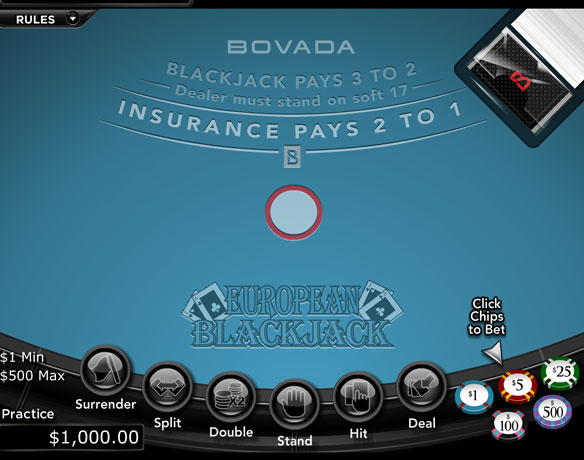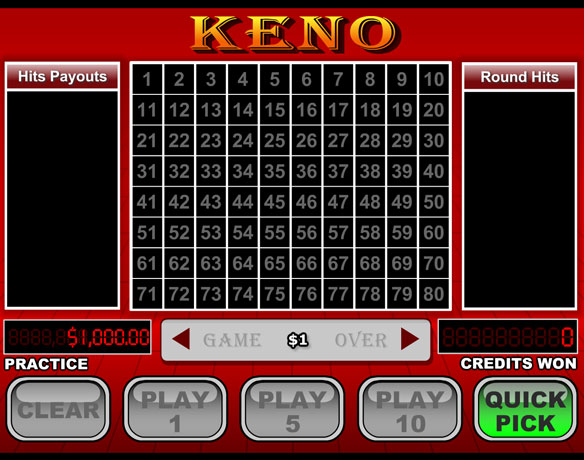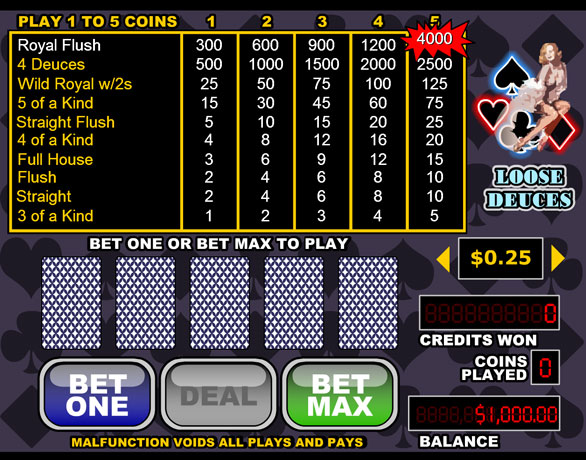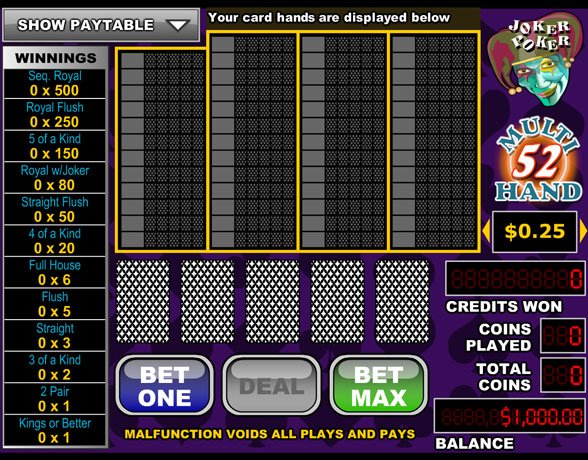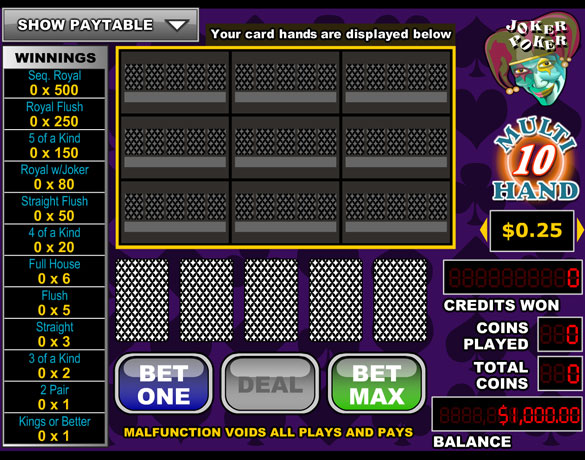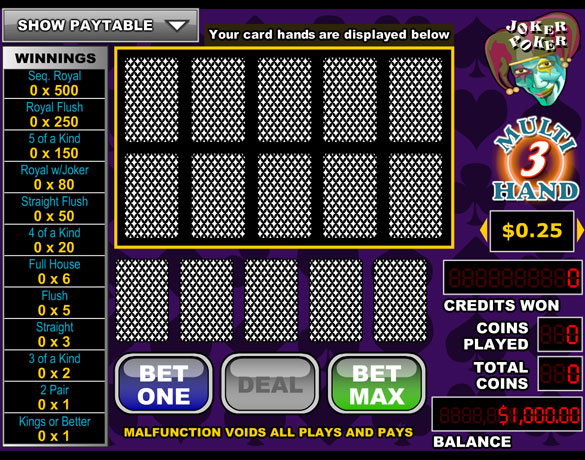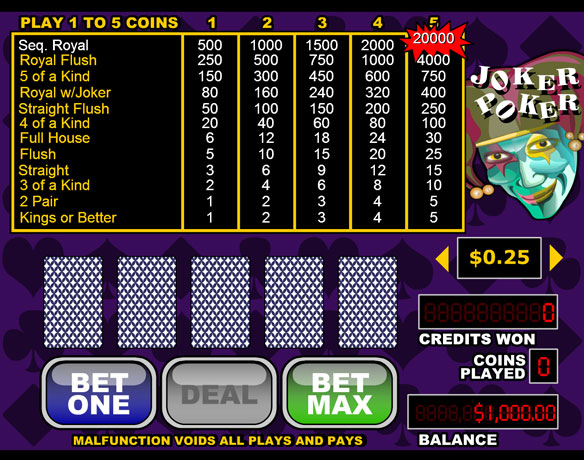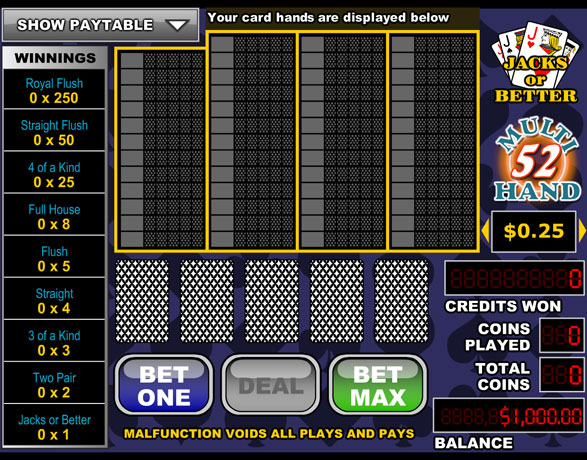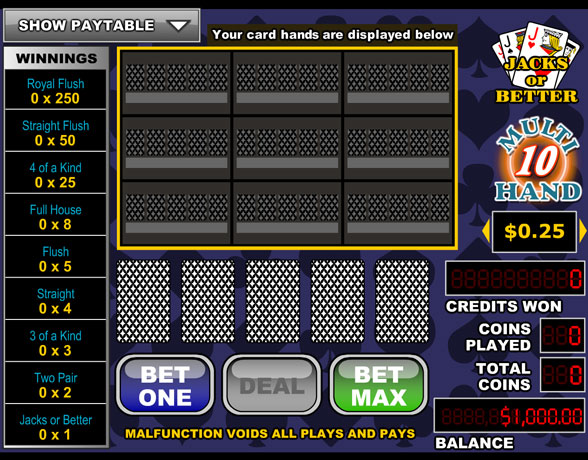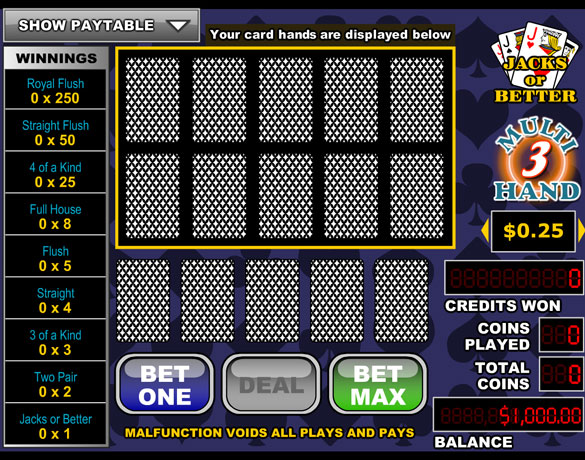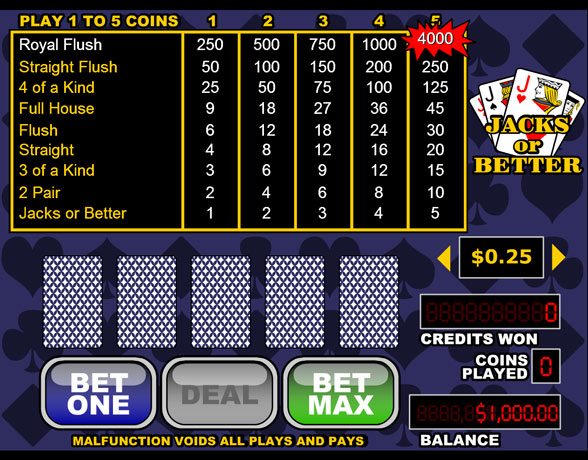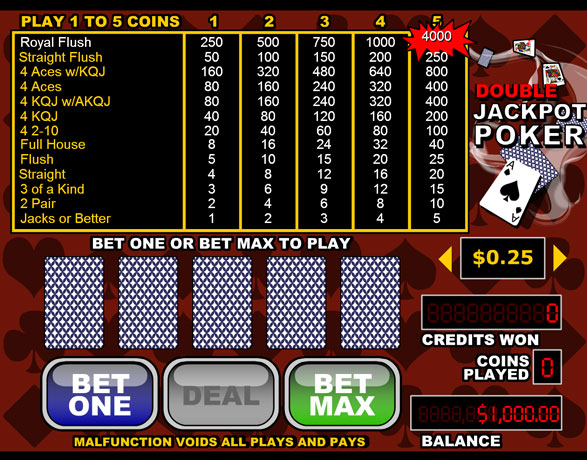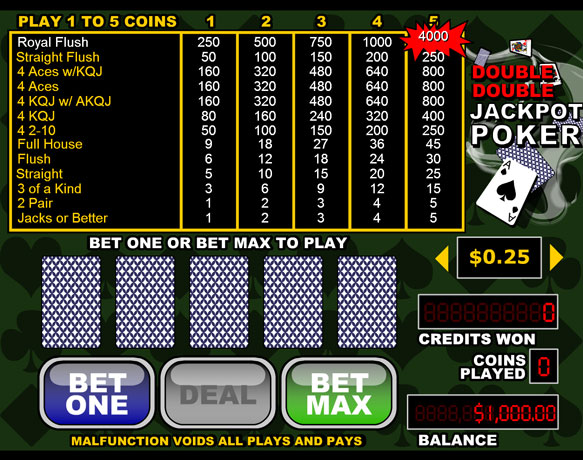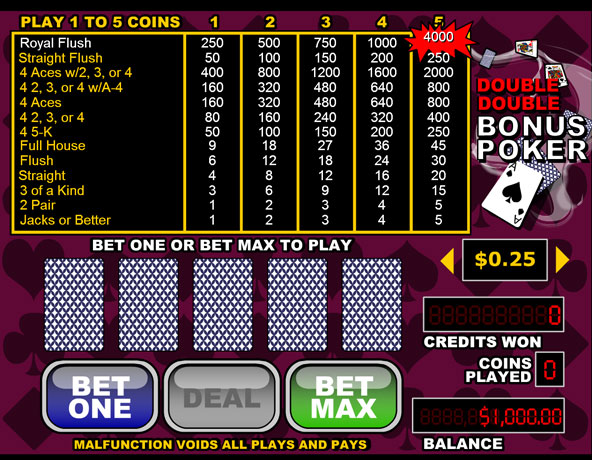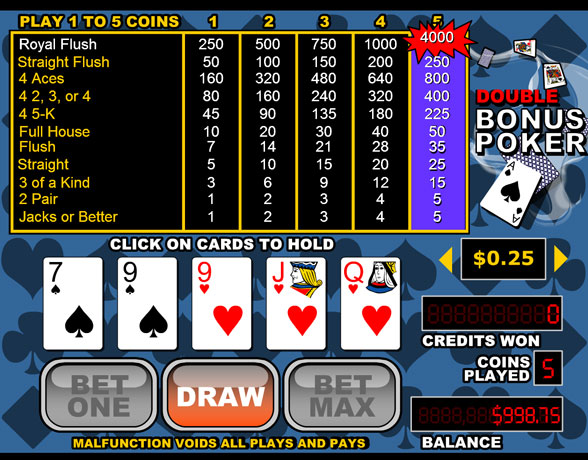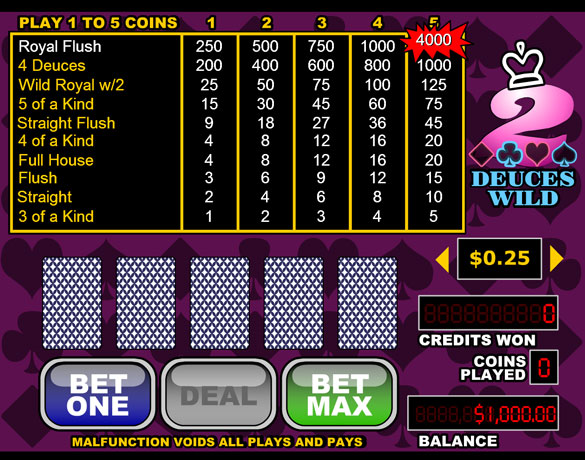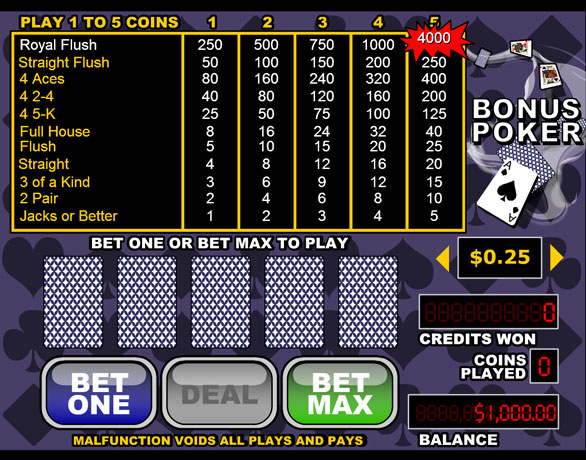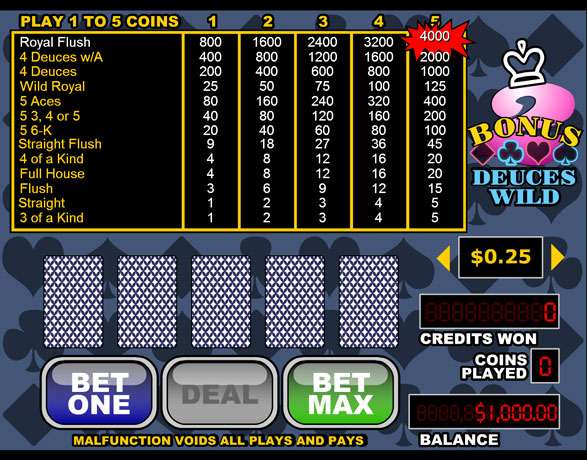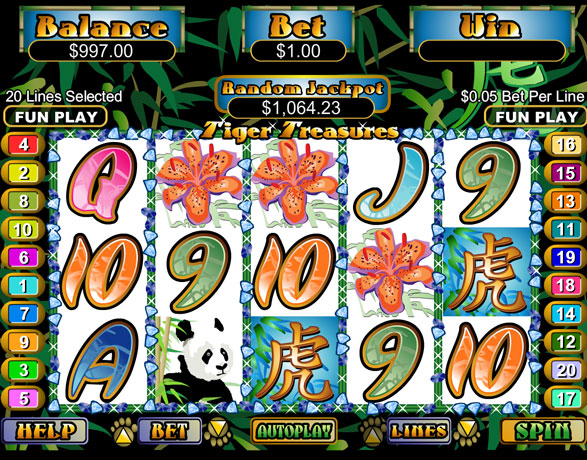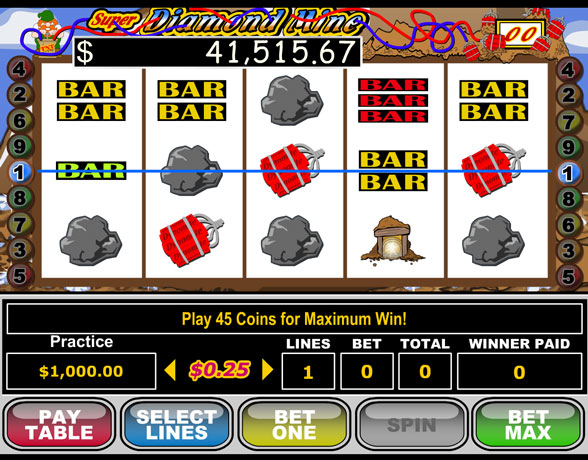Short-handed poker, simply put, is about the people and not so much about the cards in your hand. The fact that you can’t just sit there without the blinds taking a toll means that one will be forced to play real poker. This makes a lot of these tight players total fish at a short-handed table. Most of the people online are usually on auto pilot, playing up to 10 tables at a time. For a full table this would make it really hard to beat these “multi-tablers”, but if you are finding them on short-handed tables, they are at a huge disadvantage. The game texture is constantly changing and to become really successful it is important to pay attention to detail. Can they still win? Sure. But they probably will not make half as much as the person who is taking advantage of the smaller intricacies present in short-handed poker. If you are playing more than four short-handed tables, you will be a very easy opponent to exploit.
Position- There are plenty of books on the subject of position, and it is very basic knowledge. The real reason I wanted to talk about it is because you must over-emphasize it’s importance at a short-handed table. The bottom line is that you want to be raising a wider range of hands from the later positions and tightening up in the small blind and big blind. This is really basic advice but to be good at short-handed poker you need to use this to your advantage.
Pre-Flop Aggression – One of the reasons short-handed poker is so fun is because you should be raising a wide range of hands pre-flop. The plan of attack is to first find out the table texture, whether tight or loose, and figure out what range you will be raising pre-flop. You want to be aggressive pre-flop and also post-flop. As long as you are in there raising pre-flop and betting the flop almost every time, you will be a force at a short-handed table. A good tip I picked up from Phil Gordon was varying my raise amounts by position. So usually if I am raising under the gun or from an early position I may only raise 3x the big blind. If I am later I like to raise as high as 4.5x the big blind. Just something that seems to make me less predictable and saves me money, since you will tend to lose more frequently in the earlier positions.
Post-Flop Aggression – The real key to short-handed poker is betting the flop. A few good things happen when we do this. First, you will take down most of the pots on the flop. You have to remember that if two players have unpaired hole cards pre-flop, that they will both miss the flop 2/3 of the time. This is why betting the flop is profitable and knowing the reason why is essential. Second, when you bet the flop, many opponents will be inclined to trap you and just call. This gives you a free card and can be deadly if you hold a pocket pair or a draw. Occasionally you bet the flop and turn the best hand. This makes betting the flop even more profitable. Lastly, it creates an aggressive image and frustrates opponents. You will find that they will be playing out of their element when they are doing all the calling. You will also find that these tighter players will be playing looser just to bust you.

